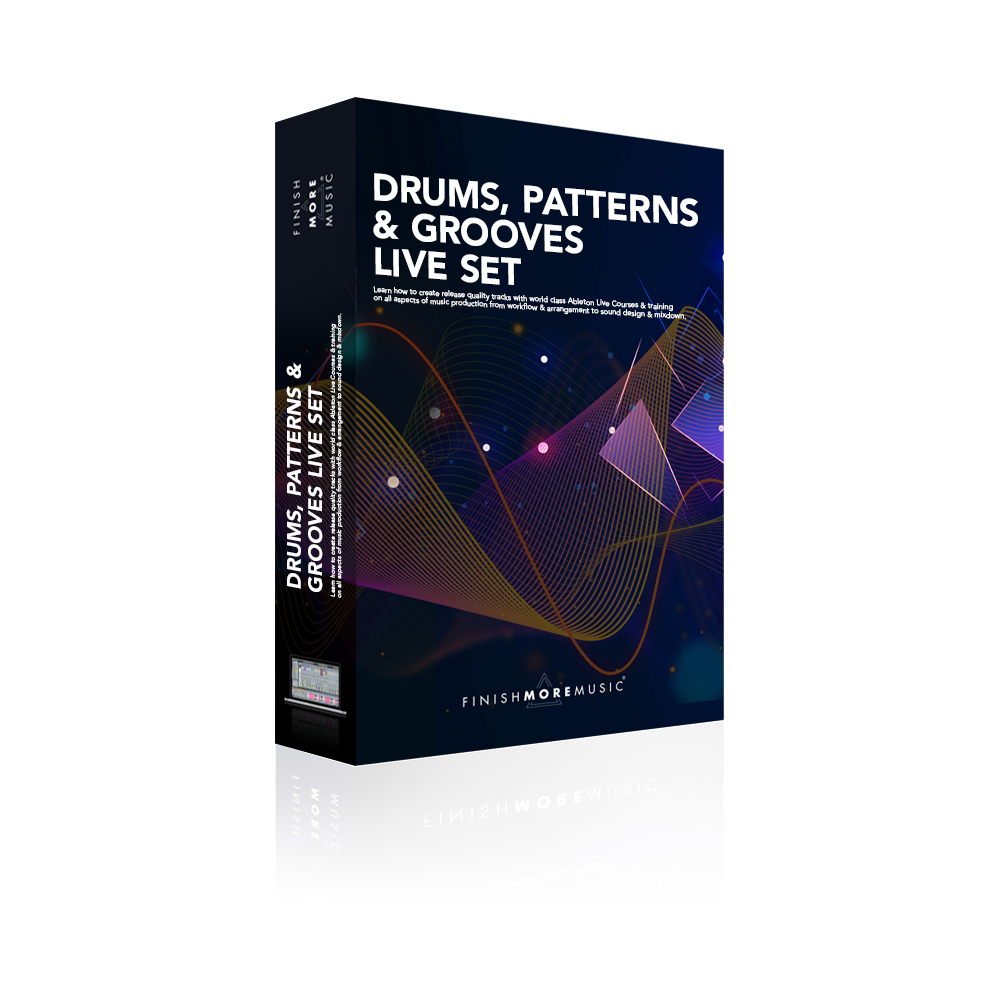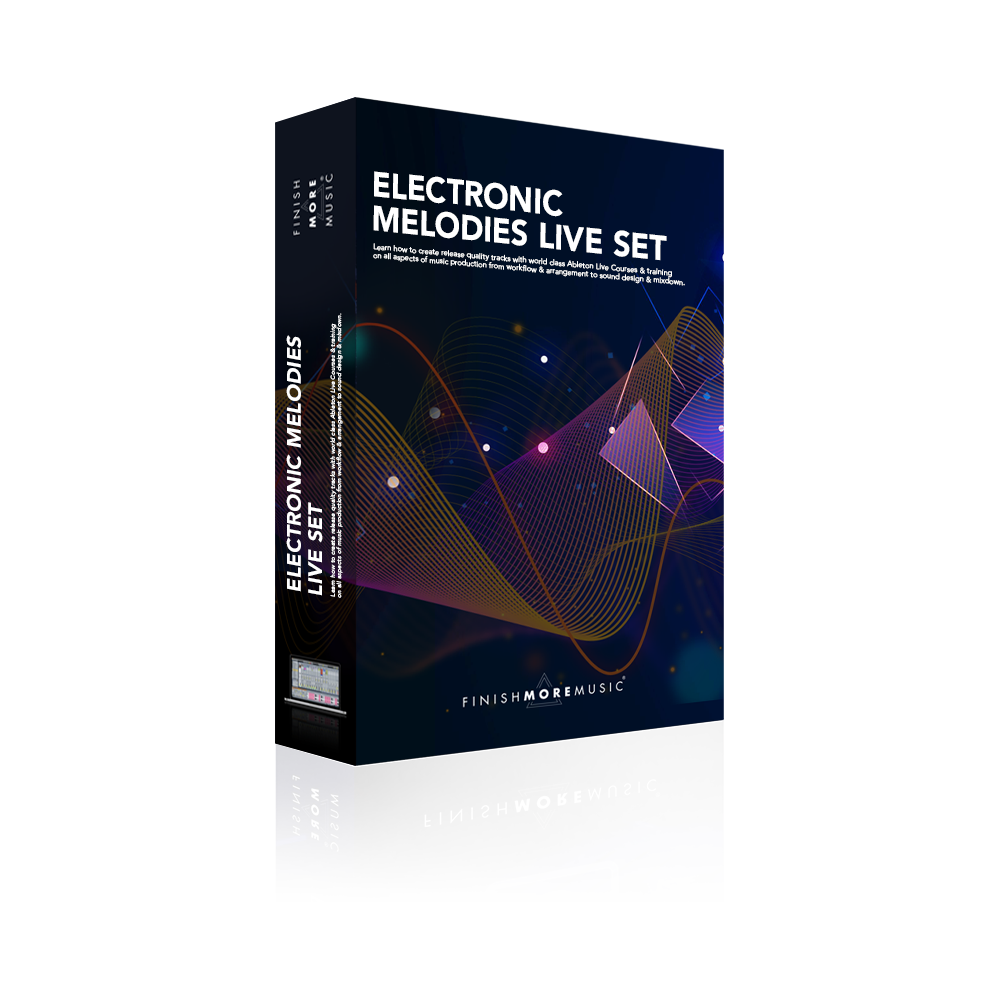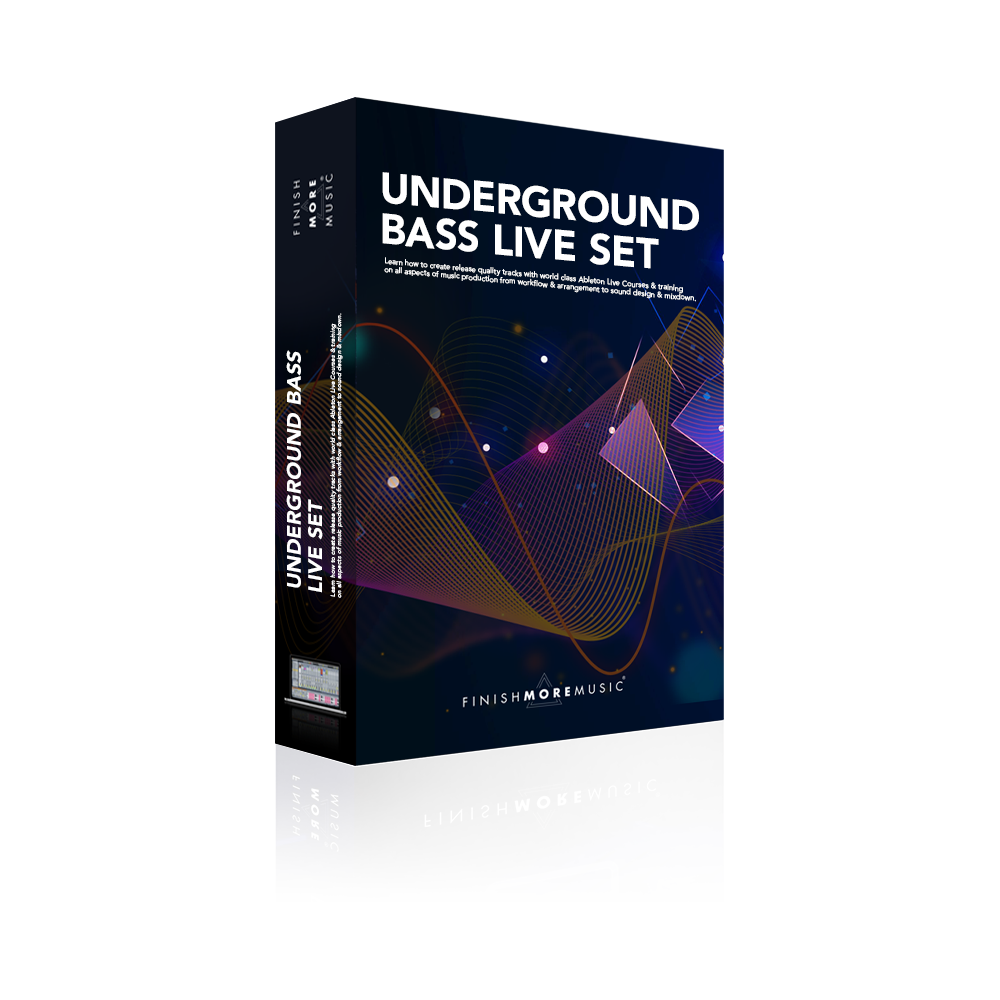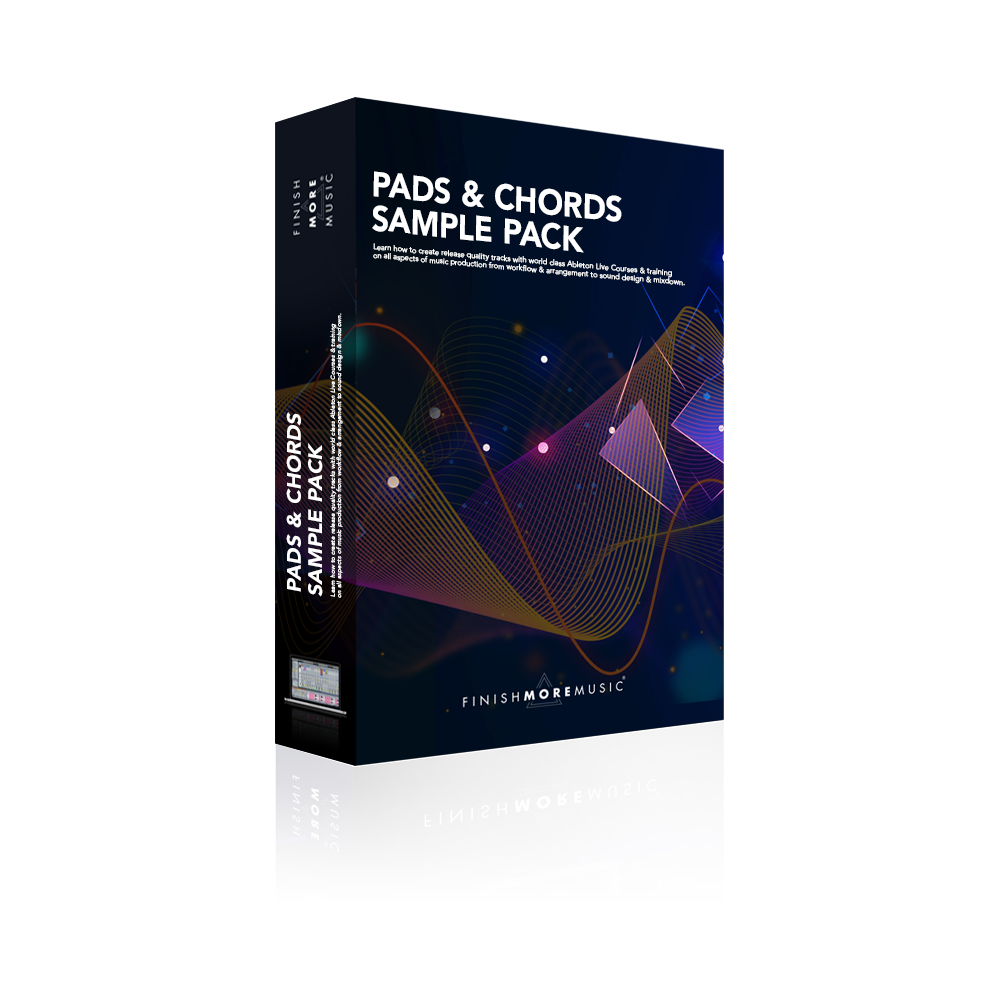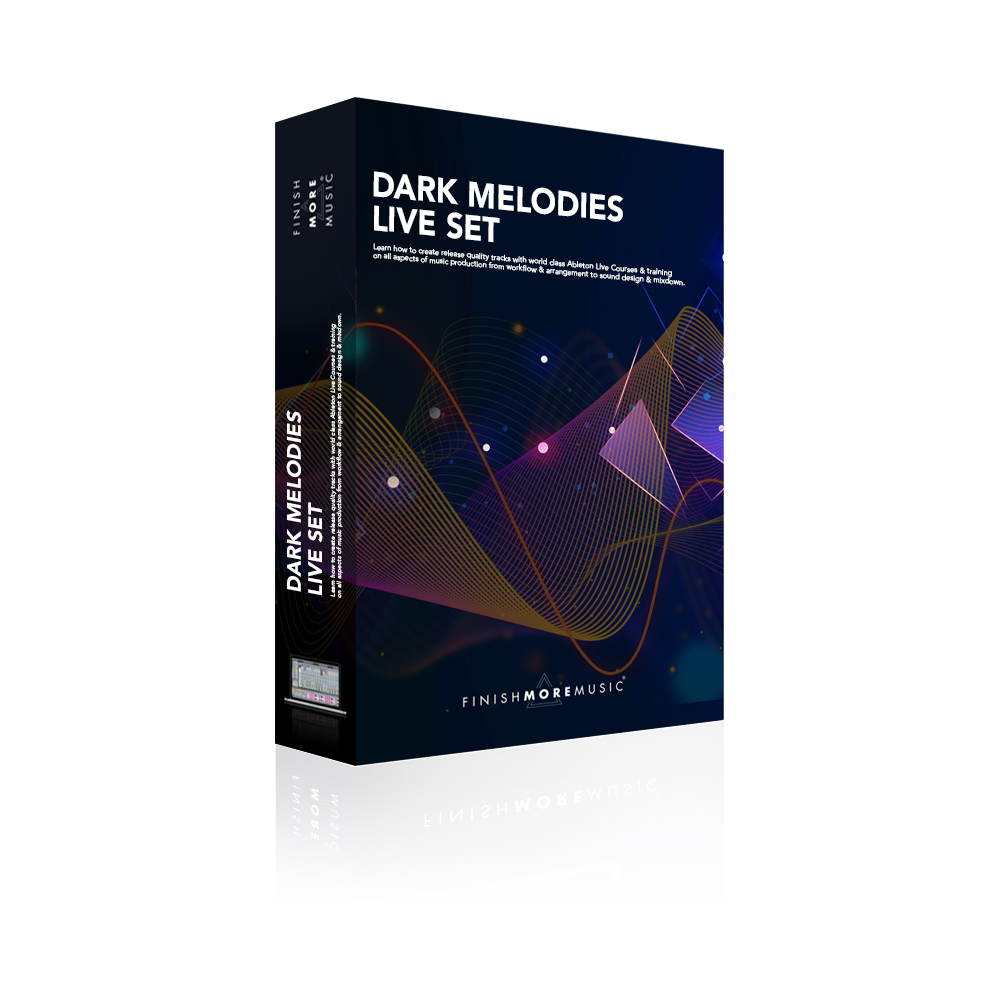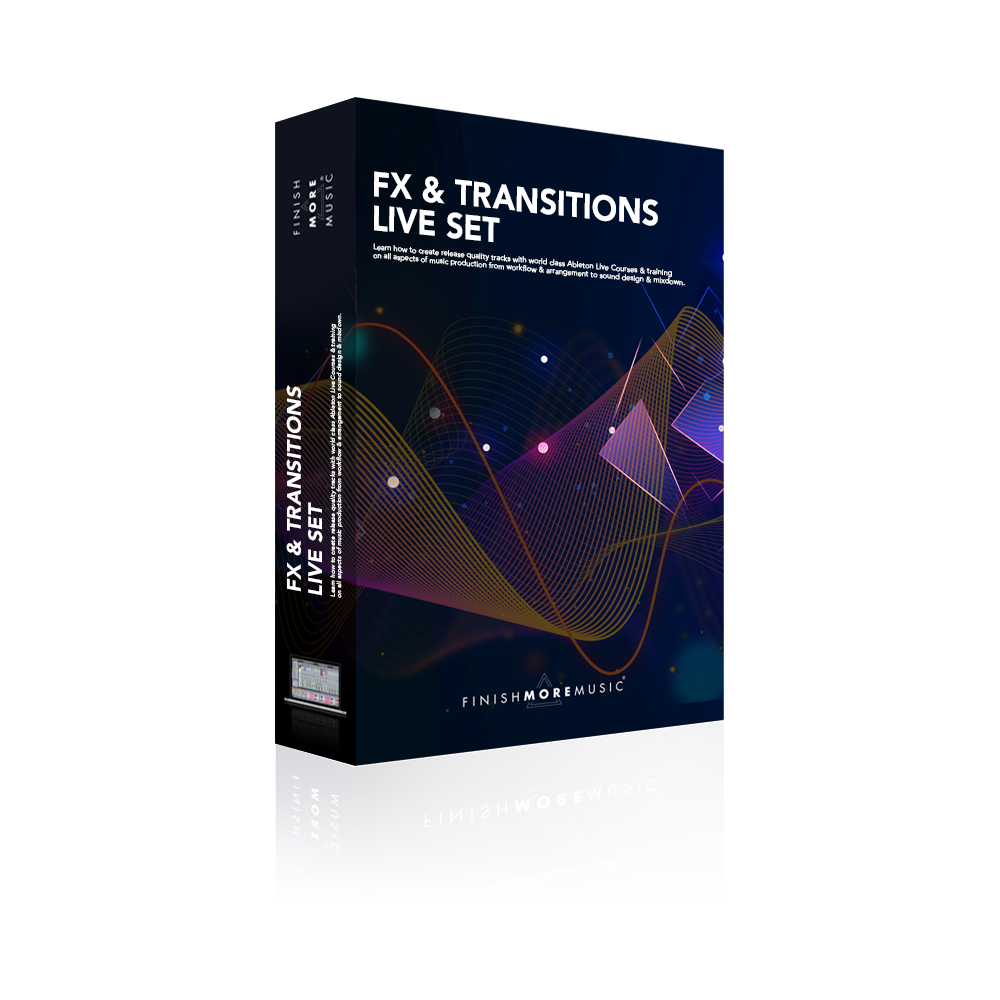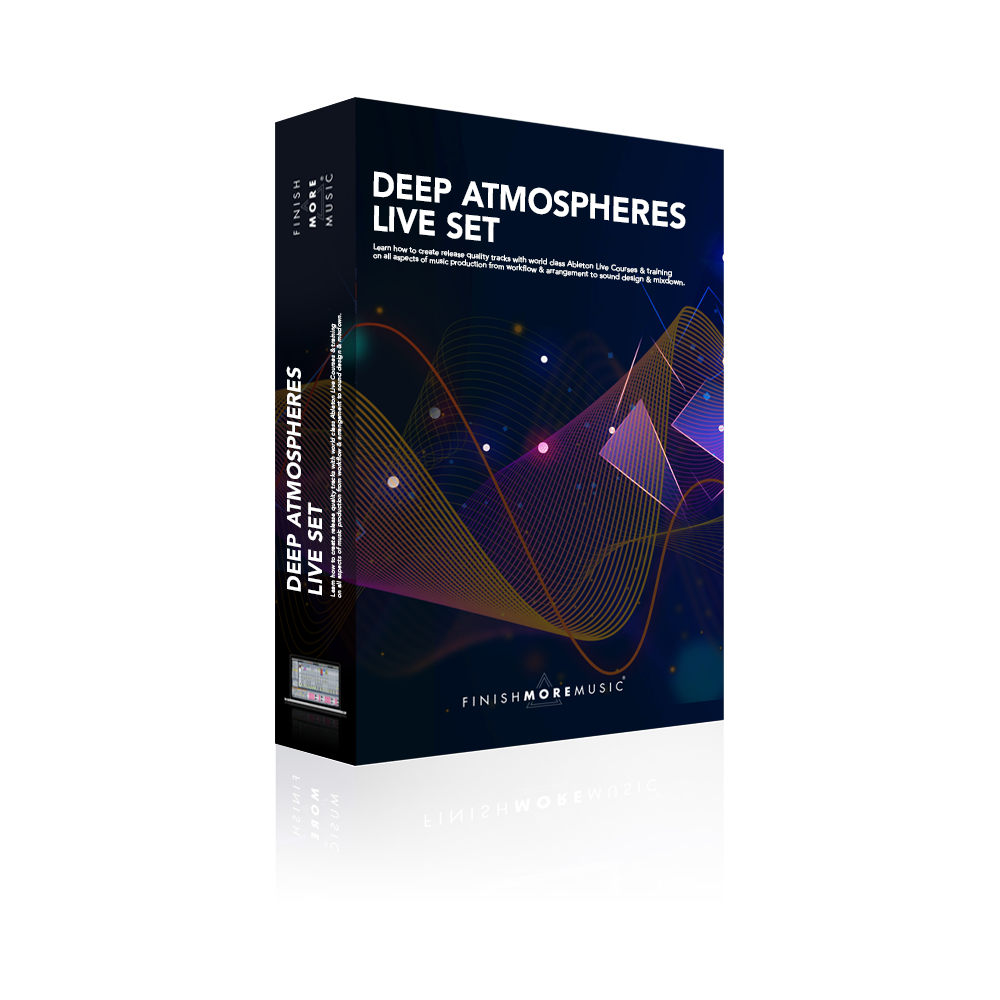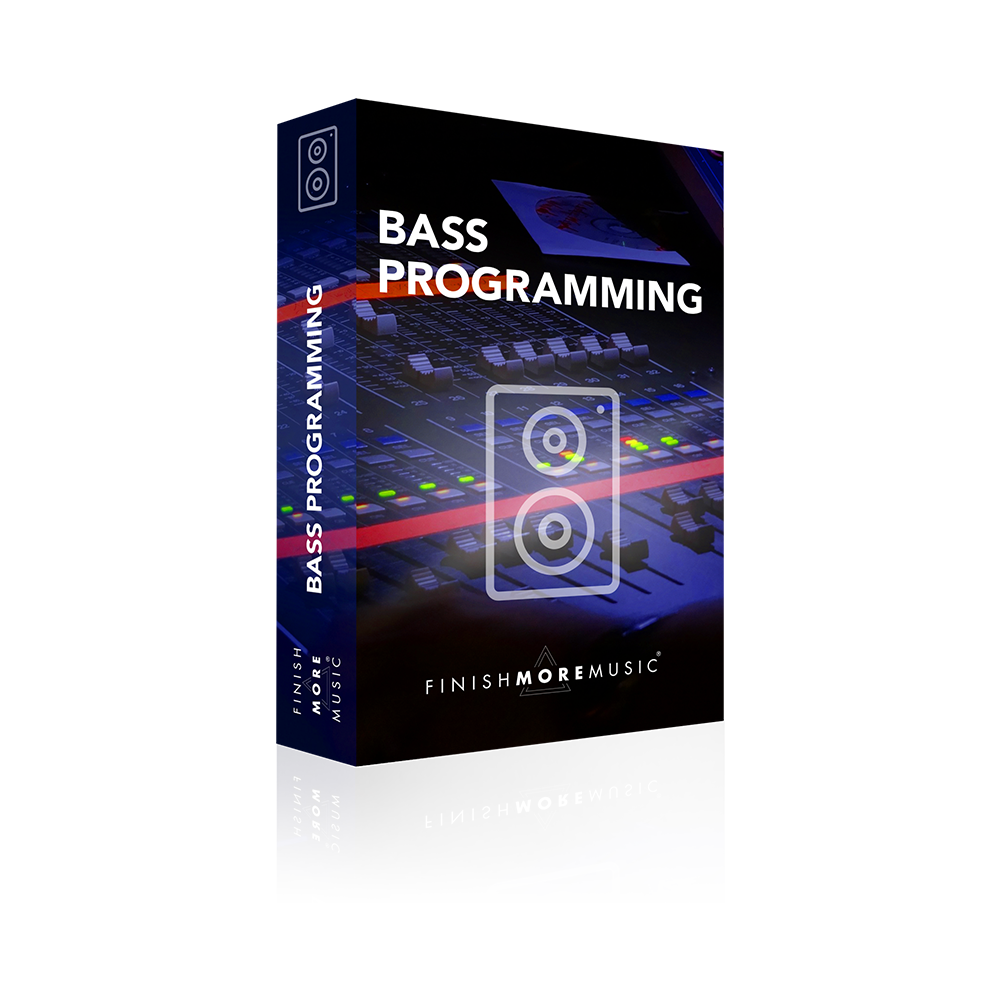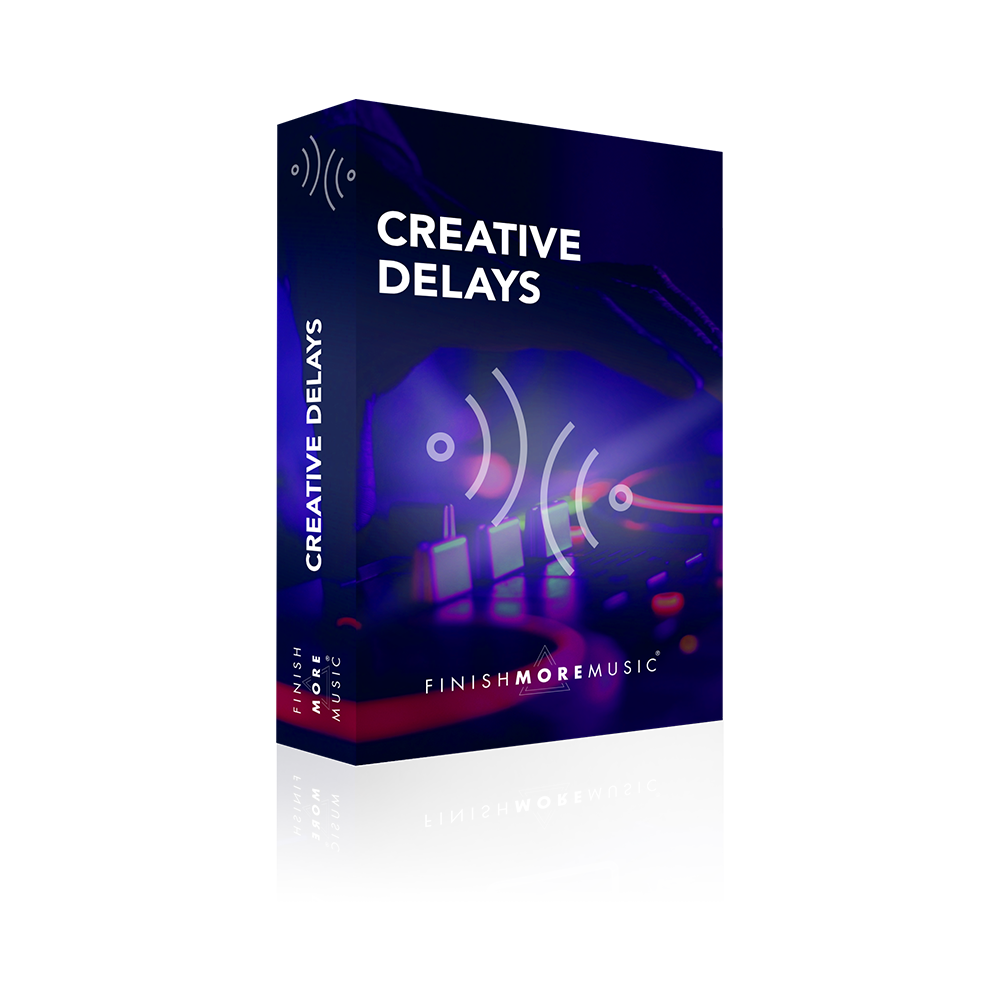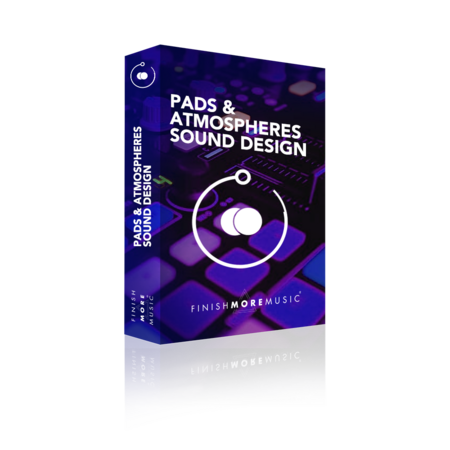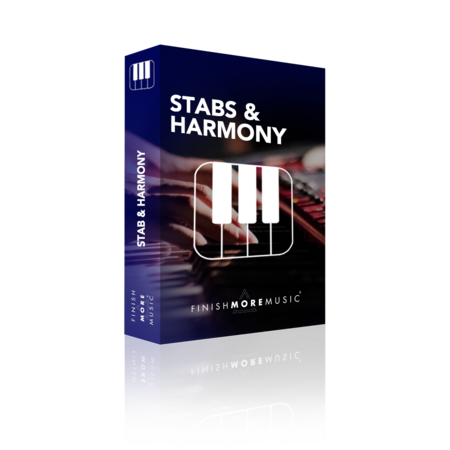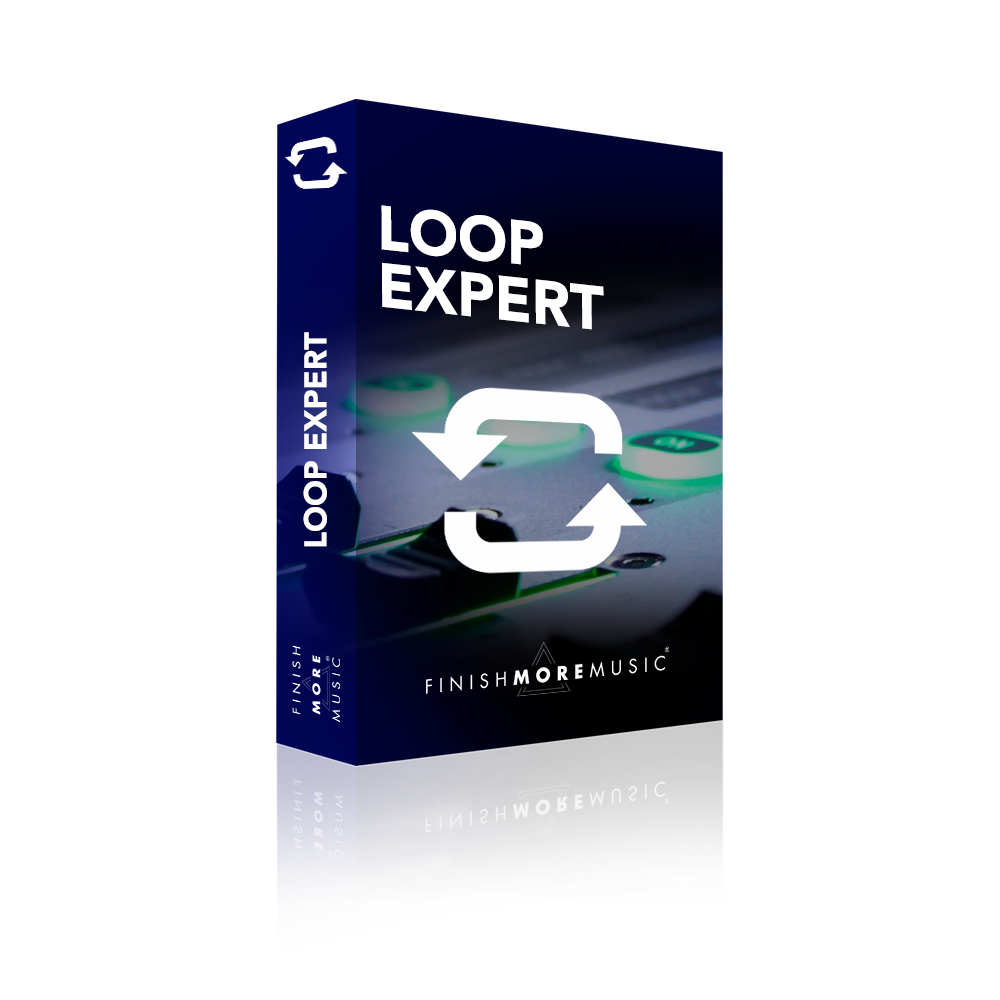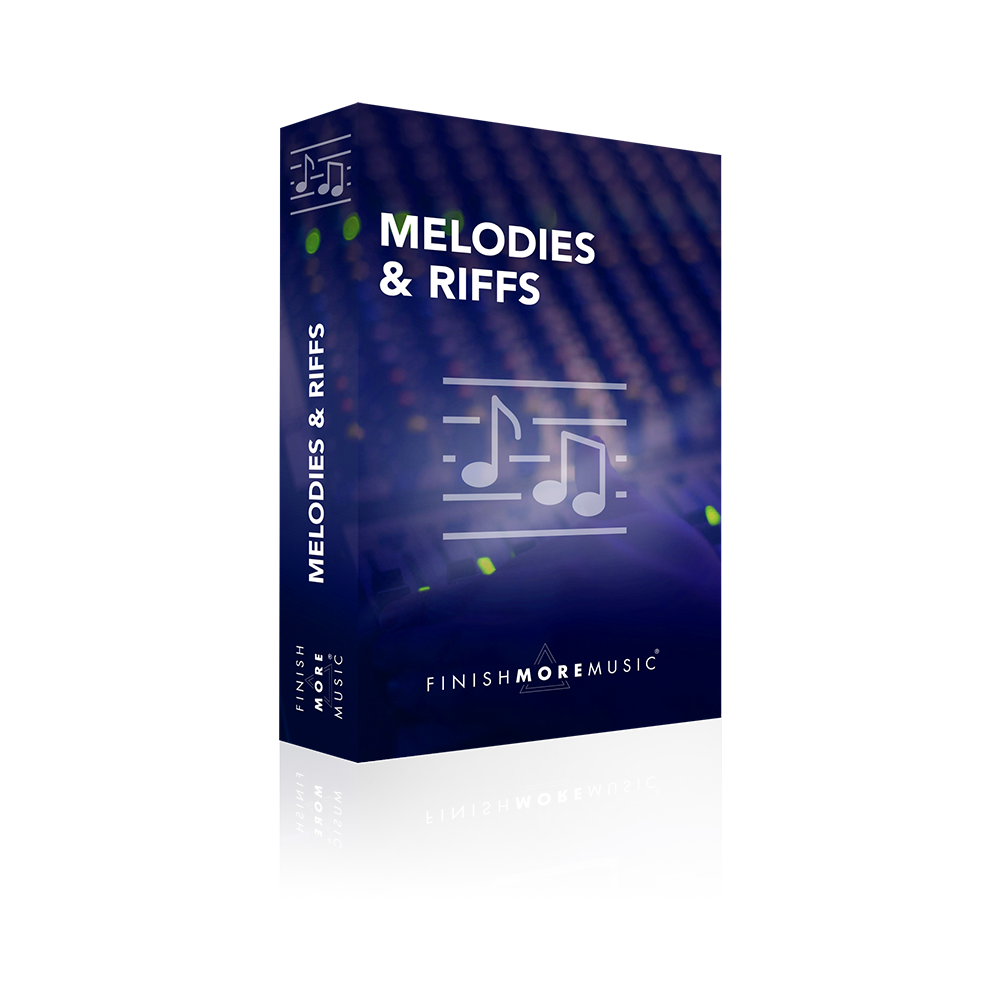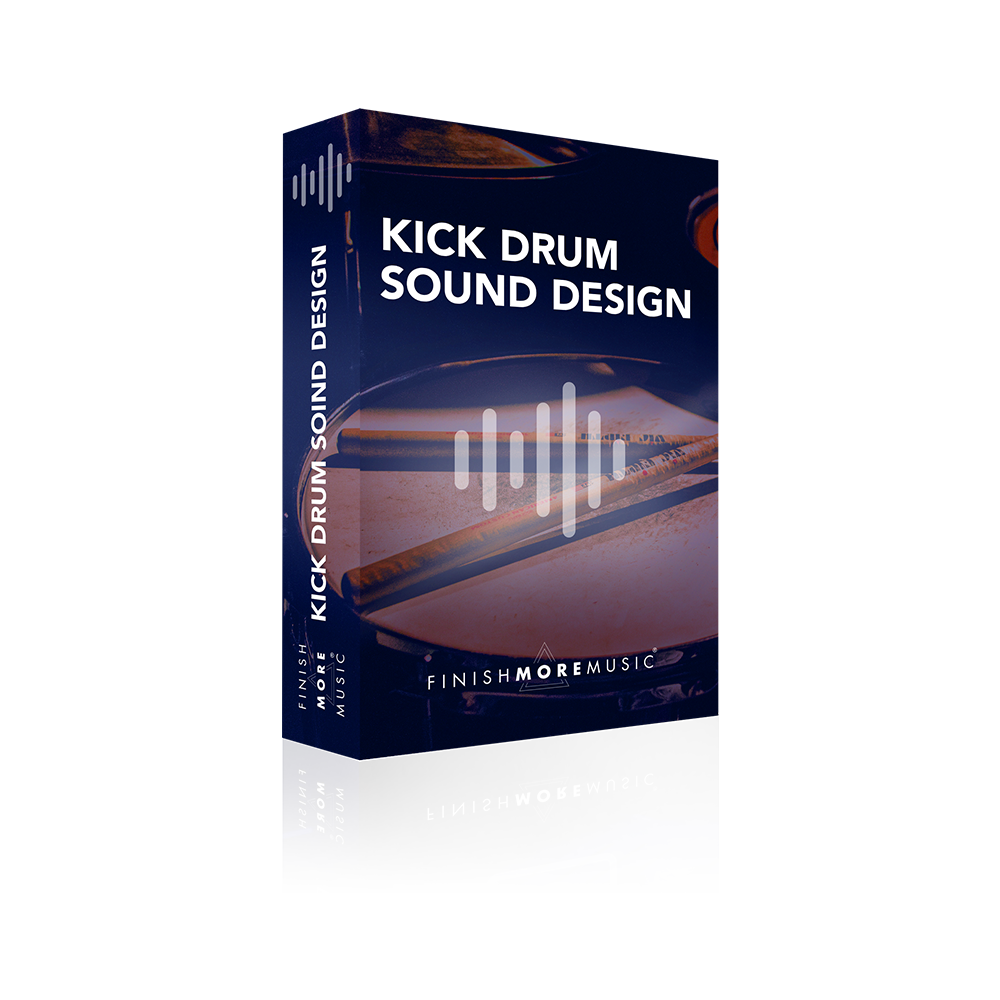Some days can feel harder than others coming up with new and creative riffs, melodies and hooks. Other days you just need an extra helping hand to inspire you to move forward and finish your track. When this happens it is always handy to have a melodic idea generation tool on hand ready to go. Instead of you spending money on the latest cool and trendy VST, I decided to create a melodic riff generation Ableton rack just for you. Plus you can have it for FREE! Check out this weeks video and begin generating those cool melodic riffs straight away.
Transcript
Okay. So I’ve got a free rack for you that’s gonna really help you to kickstart your melodic riffs. Think of it really as a way to get inspired when you sit down to write a tune. So to grab it just click on the link that you see on or below this video. And this one’s on me. It’s completely free for you and it’s gonna generate this kind of riff for you. Have a listen.
Download the Free FMM Riff Kick Started Midi Rack used in this video here: https://finishmoremusic.com/rack/
Okay so in this tutorial I am gonna show you how to use the rack to generate your own riffs from scratch. It is super quick and it’s gonna solve one of these problems that I think we all face and that’s when you sit down and you’re staring at a blank canvas and it can be a real struggle to get going. So for me I find it’s much easier to get the ideas flowing when I’ve already got something in front of me that I can craft and shape and play around with. And that’s what this rack is all about.
So here’s how you get started. You’re gonna want a long MIDI clip, I recommend 16 to 32 bars and you’re gonna draw one long MIDI note in there and that is the root note of the scale that you have picked for your track. So in my case it’s a C and I’m rocking C minor and that means that on the Finish More Music riff kick starter, in the scale the first thing I want to do is dial in C and minor. So minor is all the way to the left and major all the way to the right. Now if you’re using a different mode or something like that, then if you want to use this rack you’ll need to get in and just add some extra scale plugins. You’ll see how it works if you were if you’re that way sort of inclined to hack these kind of racks. Feel free to do whatever you want with this one. But this is built for major and minor. So what happens when we’ve got this on well. Let’s just play back this note.
So what you can hear is we’ve just got an arp playing. So this is actually a minor 7 chord for notes and it is purely just an ARP. Where the magic actually comes into this is when we dial in some random. So this is now going to start to add inconsistencies to that straight up our pan. Now shape changes the initial shape of the ARP. So have a listen. And then you add your random in from there. And I’m gonna just dial this to up because it’s the easiest to hear I think for this demonstration. And to be fair that’s the one that I use for the demo I just played you as well. Straight up nice easy shape to work with. And then you’ve got range and octave. Now this determine how far the random notes can jump up in pitch above the original ARP notes. Now I personally wouldn’t worry too much about that. Just realize that the settings we’ve got already give us some nice jumps. You can hear those notes jumping up octave. Some nice sort of dynamics in pitch but of course if you want these to jump up even further you can crank up these controls.
And then the final one is just random velocity. So depending what you’ve got set in your synth or sampler, this will alter the volume of each note. Potentially the filter or anything else you might have wired in there. And again, it’s just corks to add some nice dynamics and gets away from the sort of one finger robotic kind of vibe. So the idea is that you set this. Then you have a listen back. And if you’re happy that you’re hearing kind of little glimpses of cool melodic ideas that you like, then it is time to record this and get it down into a hard MIDI file. Super easy to do. You’re going to set up a blank MIDI track, call it MIDI record for example, at its input you select the track that contains the Finish More Music Riff Kickstart Rack. And then you record arm it. And that’s it. Now you’ve got to do is hit record in the transport bar and it’s going to capture all of the notes that are being played by our rack. So have a listen.
Okay that will do. You can capture as big a file as you want. And then you literally drag it up to replace that long note that you had. And importantly you turn the rack off. Mega important. Because now we just want to hear the captured information as it was. So still obviously very very random. Your next step is to now edit this down into something that’s got a more repetitive structure. So let’s just have a quick look at that. I’m gonna try and find sank that I feel might be a good sort of kicking off-point.
Okay I like that. So I’ll grab a bar. I’m just gonna go into it quickly. This click fold make our life easier and I’m gonna start us from the root note. So it grounds the key a little bit better. And we’ll have that second part as well. Why not? And then literally to get myself a bit more structure to play with, I’ll duplicate those over, let’s get rid of this bit, and then find sank cool to stick on the end. Maybe go for that a little bit. Kind of looks interesting and let’s see what we end up with.
So feels like it needs a few notes and bits on the end doesn’t it. But now we’ve actually got saying that we can really use to kick-start our ideas. And this is the sort of core basis that you’re looking for something that is repetitive. And I’ve just literally done an A-B-A-B with a flourish on the end kind of pattern here. And that is enough now to get the creative juices flowing. So I’m not going to edit it any further than this and the reason is because the last video that I put up was actually called Five Tips for Creating Melodic Riffs. It came with a free project download as well. And that will help you to shape this. But let me just talk you through a few ideas quickly.
The kind of thing that you’re going to be looking to do here is obviously mute help notes that you’re not interested in. Maybe jump some up and down to different positions, if you feel it’s not quite flowing as you want and then a big one is offsetting the notes. So you can see here if I just zoom in that these ones are on the eighth note arp pattern that we were playing, but I’ve just grabbed a couple and offset them. And again because I’ve used that A-B-A kind of structure, you’ll notice that all the tweaks I did in the first part, I’ve also done in A again over here. And I’ve offset various different notes in these other parts as well. And then it is all of a sudden got that kind of more interesting, syncopated feel.
So that’s the rack. Grab it for free. Click on the link below this video. Grab the rack have fun with it and make sure you check out the other video – 5 Tips for Creating Melodic Riffs to see lots of different tricks that you can use to modify this basic starting idea.
So I hope you enjoy it guys. I hope you get a lot of use from the rack. Take care and I’ll see you next time.
Thank you for watching
I really appreciate you tuning in and I hope you’re enjoying the tutorials and taking some real value into your music sessions.
If this video resonated with you and you feel it will have a positive impact on the people you know, please share it by using the social media buttons you see at the bottom of this page.
To make sure you are always the first to know when a new video lands: Subscribe to the FMM Youtube channel here.
Let me know how you get on with the techniques I showed in the videos and if you have any suggestions for future tutorials, ping me a message on Instagram (@IamKeithMills)

